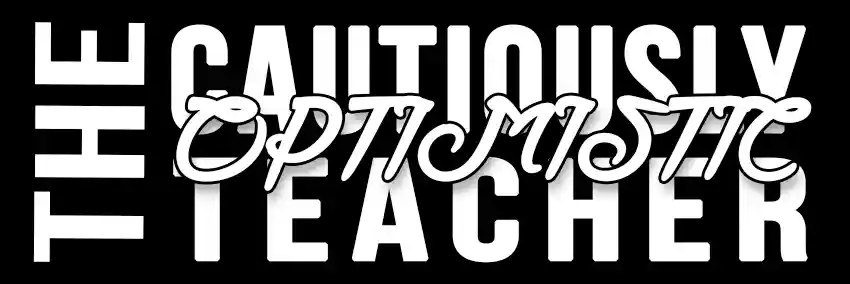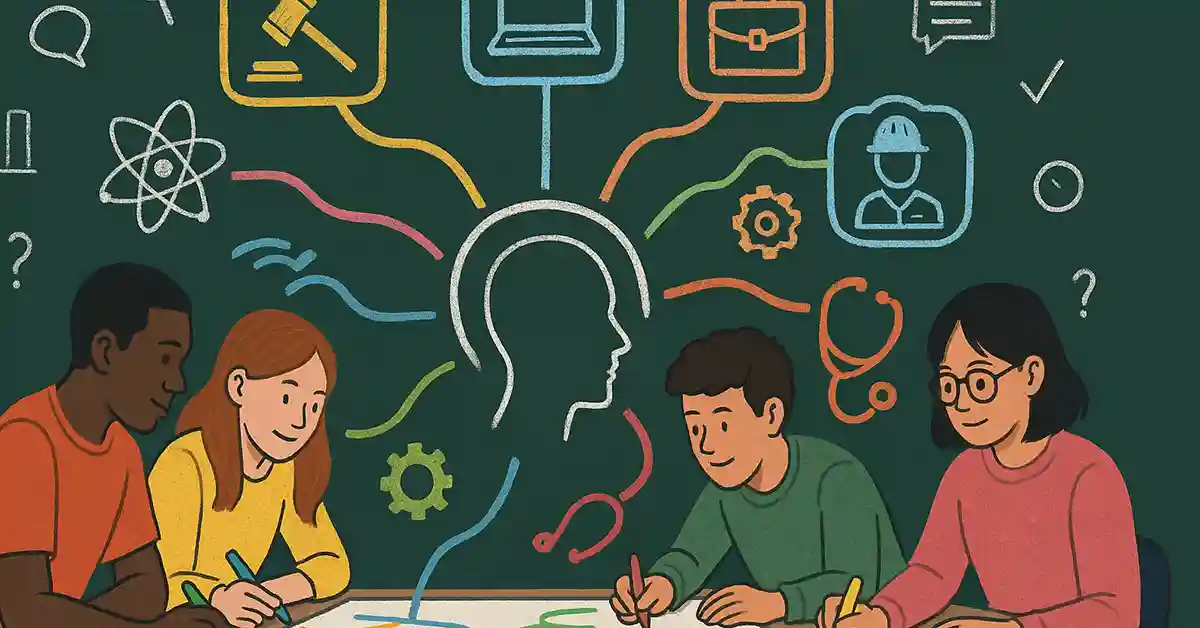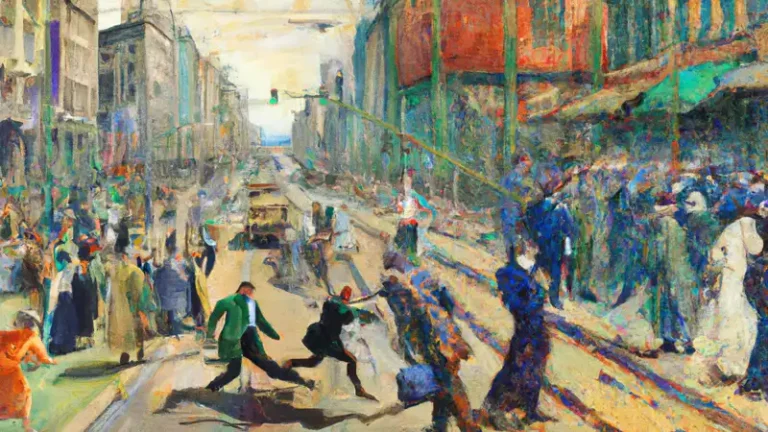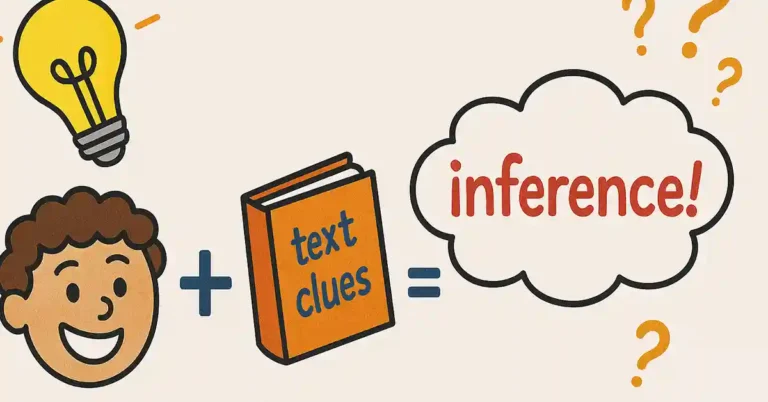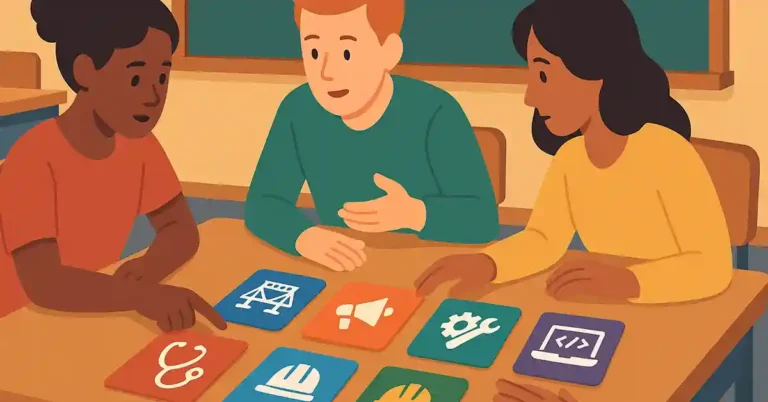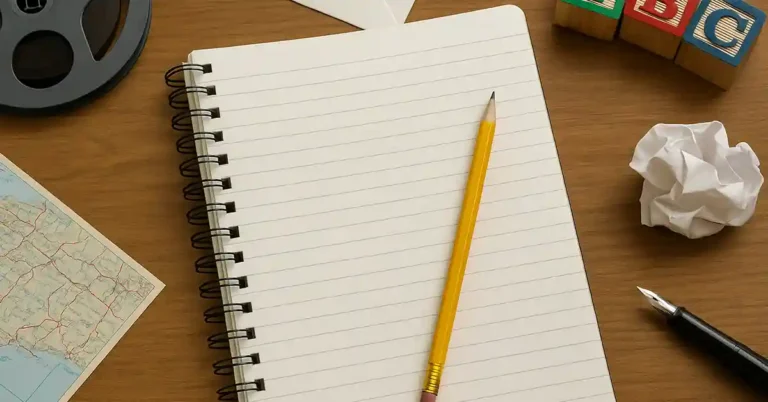Career Exploration Mind Map Lesson Plan
I’m always on the hunt for low-prep, high-impact activities that make teens forget they’re learning. My latest classroom crush? The career exploration mind map. Hand students a giant sheet of chart paper (or access to a slick digital mind-mapping tool) and watch the brainstorming fireworks begin. In one class period, they’ll go from vague notions of “doctor” or “game designer” to a vibrant web of skills, pathways, and workplace realities—no yawns required. Below you’ll find my full lesson plan, peppered with tried-and-true tips, teacher-tested humor, and the occasional dad joke to keep us all awake.
Why Use a Career Exploration Mind Map?
I’ve run résumé workshops, personality inventories, even the infamous “career interest quiz that swears I should be a zookeeper.” Nothing beats a mind map for three big reasons:
Visual thinking turbocharges memory. Students see connections rather than trudging through bullet points.
Collaboration comes naturally. A blank canvas begs for multiple markers—and multiple voices.
It’s gloriously student-driven. They steer the discussion, uncover knowledge gaps, and decide which rabbit holes to chase.
Sprinkle in our mandated curriculum goals—critical thinking, communication, and digital literacy—and the activity practically writes its own justification.
Learning Objectives
By the end of this lesson, students will be able to:
Identify and categorize key aspects of a chosen profession (skills, tasks, education, work environment, salary range, growth outlook).
Collaborate to create a visually organized career exploration mind map.
Evaluate existing knowledge against credible sources and revise their map accordingly.
Reflect on how personal interests align (or clash!) with the realities of the career.
Materials & Set-Up
Physical option: Chart paper (minimum 24 × 32 in.) and juicy-tipped markers. Tape for gallery walk.
Digital option: Free mind-mapping platforms such as Coggle, MindMeister, Miro, or Canva’s whiteboard. Make sure students have shared editing rights.
Sticky notes for quick add-ons.
Research devices (laptops or tablets) and internet access.
Timer or your most commanding “wrap it up” voice.
Tech tip: If bandwidth is a beast, have one “scribe” drive the digital mind map on the projector while group members shout ideas—crowdsourced chaos at its finest.
The Lesson (Approx. 60 – 75 minutes)
1. Hook (5 min)
Open with a lightning poll: “How many careers do you think exist in the world today?” Spoiler: the answer is in the tens of thousands, and yes, “professional slime reviewer” is apparently a thing. Cue collective disbelief and instant engagement.
2. Group Formation & Career Selection (5 min)
Divide the class into groups of three to four.
Option A: Pre-assign diverse professions to broaden horizons (e.g., biomedical engineer, urban planner, UX designer, renewable energy technician).
Option B: Let groups draw from a hat or pitch their own “dream job.”
Either way, emphasize respectful curiosity—no eye-rolling if someone chooses “influencer.” It’s 2025; influencers pay taxes too!
3. Brain Dump Phase (10 min)
Each group writes their career in the center of the mind map canvas.
Branches radiate for Skills, Daily Tasks, Work Environment, Education/Training, Salary/Outlook, Perks/Challenges—or whatever categories they deem important.
Students fill nodes with everything they think they know. Accuracy is secondary; the goal is uncovering prior knowledge (and misconceptions).
Teacher move: Circulate and lob gentle prompts—“What soft skills does a forensic scientist need?”—to deepen thinking.
4. Research & Revise (20 min)
Time to fact-check the brainstorm:
Students use vetted career sites (O*NET, Bureau of Labor Statistics, industry associations) to verify or refine each branch.
Encourage color-coding: green for confirmed facts, yellow for new discoveries, red for myths debunked (goodbye, CSI glamour shots).
Add supporting details—average starting salary, projected growth rate, surprising niche specialties.
Pro-tip: Assign one “myth buster” per group whose sole job is to hunt down sensational misconceptions. Watching students gleefully cross out “marine biologists cuddle dolphins all day” is strangely satisfying.
5. Gallery Walk & Peer Feedback (10 min)
Hang physical posters around the room or open digital maps on individual devices.
Students circulate, leaving sticky-note comments or digital annotations:
“Have you considered remote vs. on-site work?”
“Add certifications like CompTIA for IT roles!”
A tasteful meme or two—culture matters.
This step multiplies exposure to diverse careers without a single slideshow lecture.
6. Reflect & Relate (10 min)
Back at their seats, students free-write or discuss:
Which aspect of this profession surprised me most?
How do my current strengths align with the required skills?
What questions remain unanswered?
I collect responses with a “2-minute Quick-Exit Flip” (index card, digital form, or the classic “tell me on your way out the door while I pretend my coffee isn’t empty”).
Assessment Strategies
Process over polish: I grade the mind map on depth of inquiry and evidence of revision, not pretty fonts.
Individual reflection: A short paragraph explaining one skill they could start building now (hello, growth mindset).
Peer feedback quality: Did their sticky notes push thinking or just say “cool”?
Rubrics help, but flexibility reigns—career exploration is messy by design.
Differentiation & Accommodations
Choice in career fuels intrinsic motivation for high-flyers; structured prompts guide students who are overwhelmed by options.
Provide sentence starters (“A typical task might be…”) for English language learners.
Allow speech-to-text for students with writing challenges during digital mapping.
Offer pre-researched fact sheets to groups needing extra scaffolding—still plenty of room for analysis and creative connections.
Extensions & Cross-Curricular Links
Math tie-in: Graph salary data or employment growth over time.
Language arts: Craft a fictional diary entry “day in the life” using the completed map as source material.
Guidance collaboration: Invite a guest speaker in the chosen field; compare notes against the class mind map.
STEM-style prototype: Design a workplace layout or tool that solves a common pain point discovered during research.
My favorite twist: Ask students to revisit their map in six months and layer new insights in a different color, turning it into a living document of evolving understanding.
Digital Mind-Mapping Tools at a Glance (No Endorsement, Just Love)
Coggle: Infinite canvas, real-time collaboration, exports as image or PDF.
MindMeister: Slick templates and presentation mode for class share-outs.
Miro: Sticky-note feel plus integrations galore—great for hybrid classrooms.
Canva Whiteboard: Drag-and-drop icons keep aesthetics on point for social-media-savvy teens.
Whichever platform you choose, model a quick demo; nothing crashes group momentum faster than collective “where’s the undo button?” panic.
Wrapping It Up
Implementing a career exploration mind map is like giving your students a backstage pass to the working world. They visualize pathways, confront biases (“Wait, software engineers talk to people?”), and start mapping their own possibilities. Best of all, you, dear teacher, get to wander between buzzing tables, coffee in hand, soaking up that glorious hum of authentic inquiry.
So print those chart papers or fire up your favorite mind-mapping app. Let’s turn career day from a dreary pamphlet-fest into a technicolor brainstorm extravaganza—one branch, bubble, and “aha!” moment at a time.
